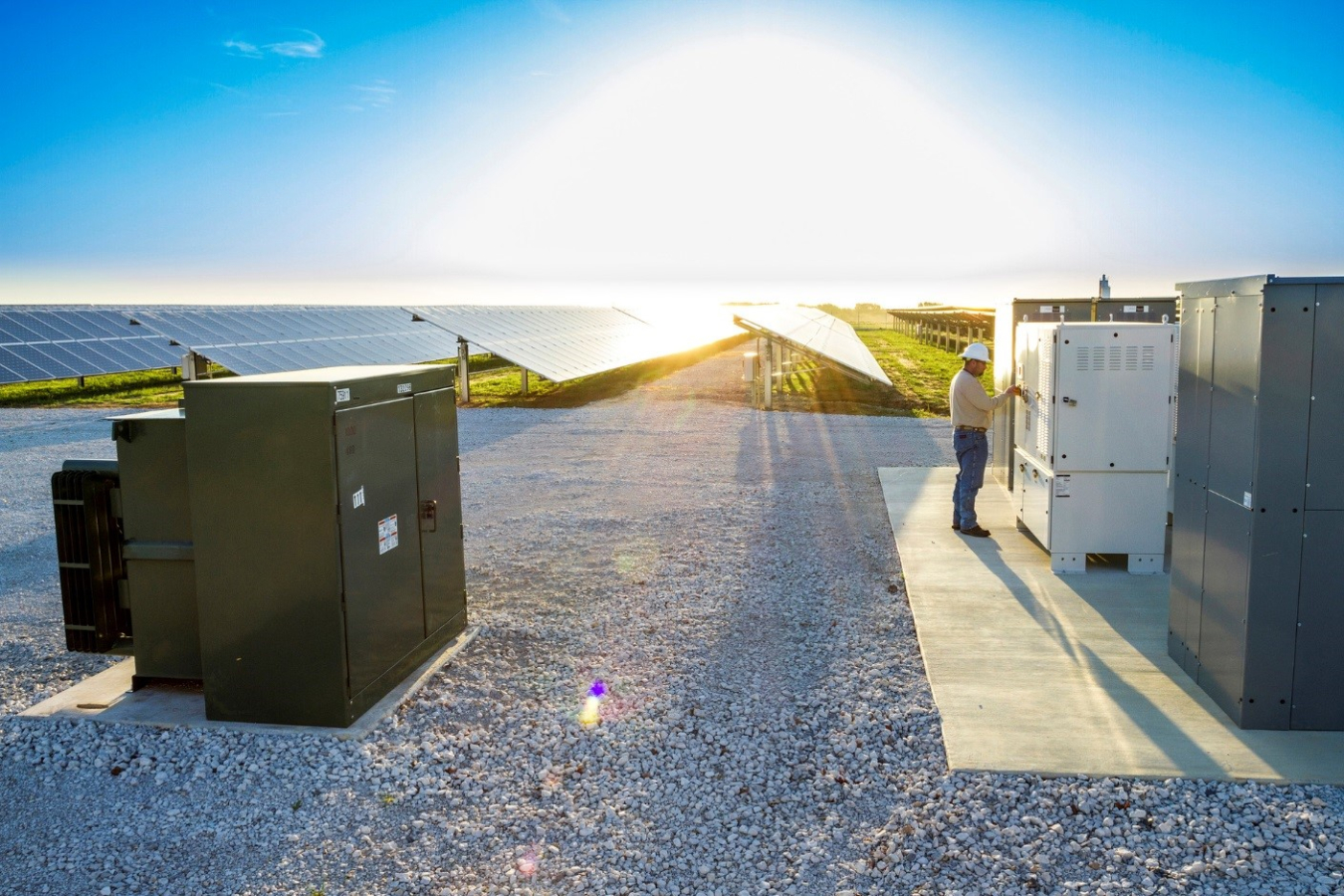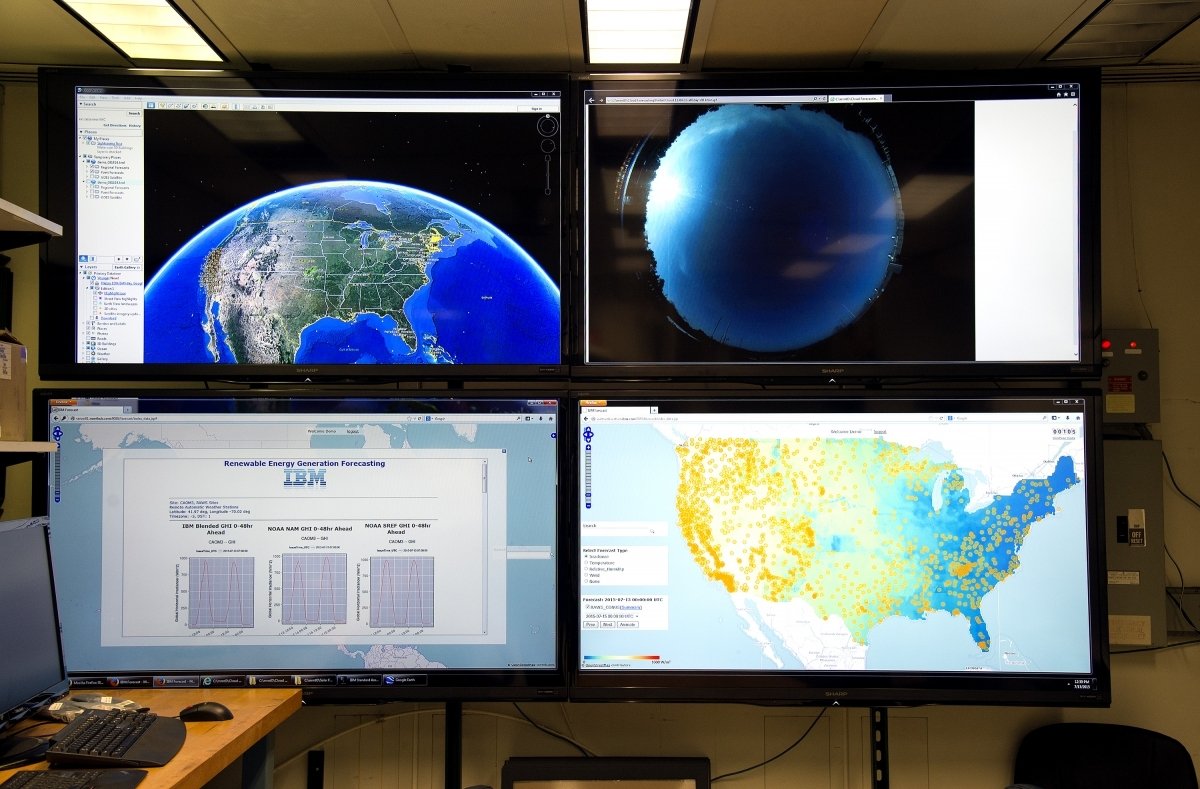
In order for large amounts of solar energy to be integrated with our nation’s electric grid, increased visibility is needed across multiple spatial and temporal scales. Sensors and other communications technologies create grid architecture that allow utilities to see how much solar energy is being generated as well as gain a better understanding of how much energy is generated at any given time. Collecting this data will enable an efficient grid system and reduce the likelihood of large-scale outages.
Sensing and Communication Challenges and Opportunities
While today’s power system is well monitored at the transmission level and in substations, very little visibility is available beyond the distribution substation—particularly for distributed and behind-the-meter photovoltaic (PV) systems. The speed and volume of control decisions rapidly multiply as distributed energy resources are brought onto the electric grid. Cyber security is also a major challenge for electric power system as the grid is becoming more interconnected to devices, and increasingly dependent on information and telecommunication technologies.
Recent investments in smart meters, smart grids, and phasor measurement units have created significantly more points of observation in the grid. These investments, along with advancements in sensing, communication, and data analytic technologies, create new opportunities for integrated solutions that can enhance solar observability and situational awareness to support grid planning and operation.
Current Projects
SETO funds research projects that focus on technology development and integration in the areas of low-cost, high-performance sensors, secure and robust communication, and advanced data analytics—including machine learning—to inform accurate and timely planning and operation decisions. This enables more certainty in power prediction from solar PV systems and helps to detect and protect solar energy systems and the grid from cyber-intrusions and other hazards.
The Solar Forecasting 2 funding program will include projects that aim to improve solar irradiance and power predictions and integrate them with utility system planning and operations. The Enabling Extreme Real-time Grid Integration of Solar Energy (ENERGISE) funding program has a dozen projects that focus on improvements in the hierarchical control layers of utility distribution systems. Several national lab projects also support research and development in this area, including:
- Opportunistic Hybrid Communications Systems for Distributed Photovoltaic Coordination (National Renewable Energy Laboratory)
- Secure, Scalable, Stable Control and Communications for Distributed Photovoltaics (Sandia National Laboratories)
- Visualization and Analytics of Distribution Systems with Deep Penetration of Distributed Energy Resources (SLAC National Accelerator Laboratory)

Solar Forecasting Gets a Boost

